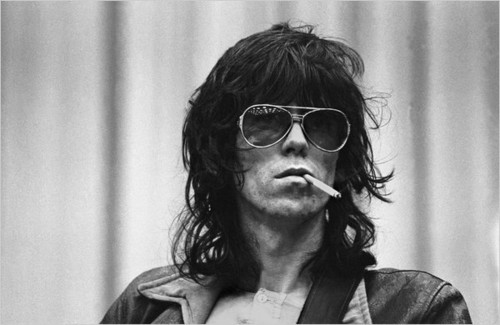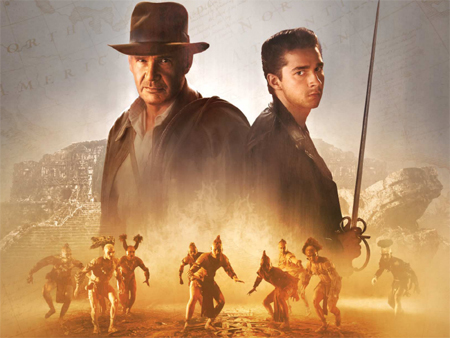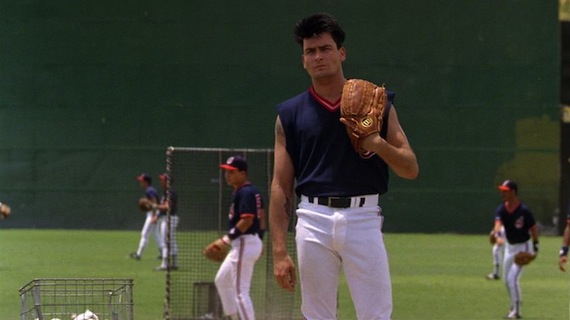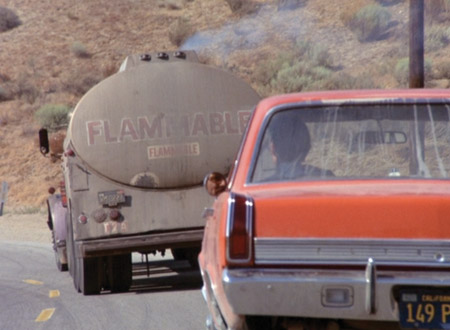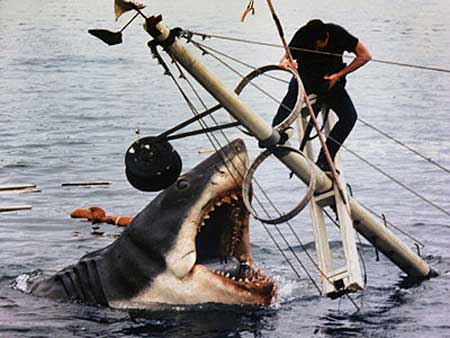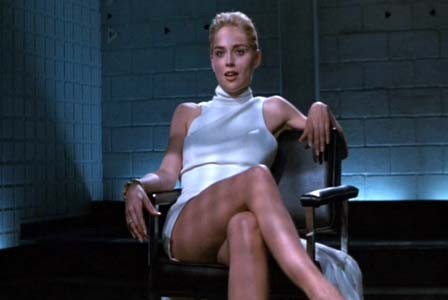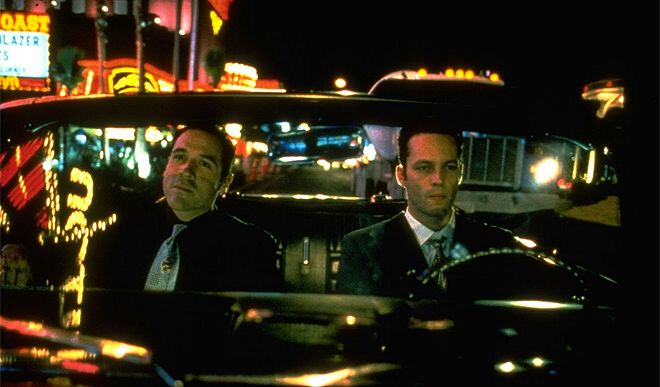“We want to produce good, quality theatre that will once again identify the St. Catharines downtown district as an important destination for visitors.”
Daniel Abadie
Artistic Musical Director
neXt Company Theatre
St. Catharines was once a city dedicated to artistic expression. Known for being a prevalent area for the arts, the downtown core of the city has progressively diminished in artistic stature over the years. Though Brock University has always conveyed the importance of the arts in an ever-changing modern world, there still remains an emptiness found in the heart of this metropolis.
However, to quote Bob Dylan, the times they are a-changin’. Over the past couple of years, certain inhabitants of St. Catharines have made it their duty to alter the artistic landscape of the city. For the first time in years, there is a feeling of resurgence and rebirth circulating amongst the body of St. Catharines.
For starters, it was recently announced that Brock University and the city were combining forces and finances ($101 million to be exact) to build a new Niagara Centre for the Arts and a Marilyn I Walker School of Fine and Performing Arts in the historical centre of St. Catharines. The deal was also said to include the construction of adjacent presentation spaces that will provide the city with cultural facilities.
On a much smaller scale, there is also something significant occurring at the Sullivan Mahoney Theatre located at 101 King Streetin downtown St. Catharines. Here you will find a small but passionate new professional theatre company working vigorously to provide high quality theatre to the downtown district.
Made up of three core members, Dr. David Fancy, Daniel Abadie and Billy Arthur, the diminutive but passionate neXt Company Theatre troupe have one goal in mind: to make a difference.
Originally an entirely separate company called A & A Theatre, Daniel Abadie and Billy Arthur were focused on recreating the art of the stage musical. When they met Artistic Director David Fancy and General Manager Bryan White of neXt Company Theatre at the Downtown Alliance for Performing Arts (DAPA) courthouse season launch last year, there was an instant connection. Soon after, a partnership was formed to combine the two companies.
Though the two facets of the company had different aims, it was agreed upon that each would continue to explore a variety of theatre styles as one. Thus, A & A still exists as the musical division of the company. As a result, neXt are now the very first professional company to perform musicals in downtown St. Catharines.
What differentiates the group from many other competing companies is its focus on engaging social issues. Not a group to shy away from controversy, neXt is dedicated to the impassioned and informed creation of new work that is both beautiful and demanding for their audiences.
According to Abadie, “neXt is not afraid to bring edgy material to the community. It is important to keep up with what’s going on in the world, and that is what we are trying to do. We want to get people thinking by making our theatre thought-provoking. We want to entertain you while also challenging you”.
Now, this does not mean that the theatre group revels in decadence. Far from it. In fact, it is highly commendable that an up-and-coming company would dare tackle issues that a conservative city like St. Catharineswould normally shy away from.
However, as much as it is admirable to have a dream, financial restrictions will always come into play. With any up-and-coming business, money is always a key factor in propelling a company forward. Already having failed twice before as a result of financial instability, this is Abadie’s third attempt at launching a theatre company, and he is determined not to witness it again.
With a solid background in theatre for many years now, Abadie, with the help of Artistic Associate Billy Arthur and many other volunteers, set out to do something special to help raise money and awareness for the newly merged company: put on a production of “The Rocky Horror Picture Show”.
What better way to introduce your company to the region then to perform one of the most influential, controversial and cultish shows in the history of theatre and film. While the company instills a controversial mantra (edgy and not for the faint of heart), the show went on in February of this year to great acclaim, and consequently raised a substantial amount of money that was immediately placed back into the company for future shows.
With the great success of the fundraiser, neXt focused on their next production entitled “That Woman: A Sex Play” directed by David Fancy who is not only the artistic director of neXt productions, but is also a National Playwright Award Winner (for his previous play “Khalida”, which was featured at the Lincoln Centre for the Arts in New York City) and the head of the theatre department at Brock University.
“That Woman: A Sex Play” tackles the issue of internet dating and how it can affect and alter personal relationships. Structured as a love triangle, the play stars Award Winning Actress Monica Dufault in all three of the roles. It appeared on stage from April 13-16 of this year to great acclaim.
As the accolades continue to pour in, the company continues on with an unheralded perseverance. In June of this year, Abadie will direct “March of the Falsettos”, a thought-provoking but humorous take on the issues surrounding modern-day families. Though dark subject matter populates the narrative, the play is peppered with elements of light humor which instills a sense of unpredictability throughout its duration. The play will appear on stage fromJune 23-27, 2011.
As it stands right now, neXt Company theatre is striving to be a key contributor in the artistic renaissance of the downtown core. Highly dedicated to the region, neXt is determined to incorporate local talent and recentBrockUniversitygraduates into their future stage productions. Rather than have them leave the area after graduation for other cities with a more prominent art scene, neXt plans on building a reputation as a highly competitive art institution.
It is perhaps too early to tell if the company will accomplish all of their ambitious pursuits, but one cannot deny their passionate commitment to the city. In a downtown largely devoid of a distinct artistic identity, neXt Company Theatre are working hard to make a difference. This simply cannot be ignored.


